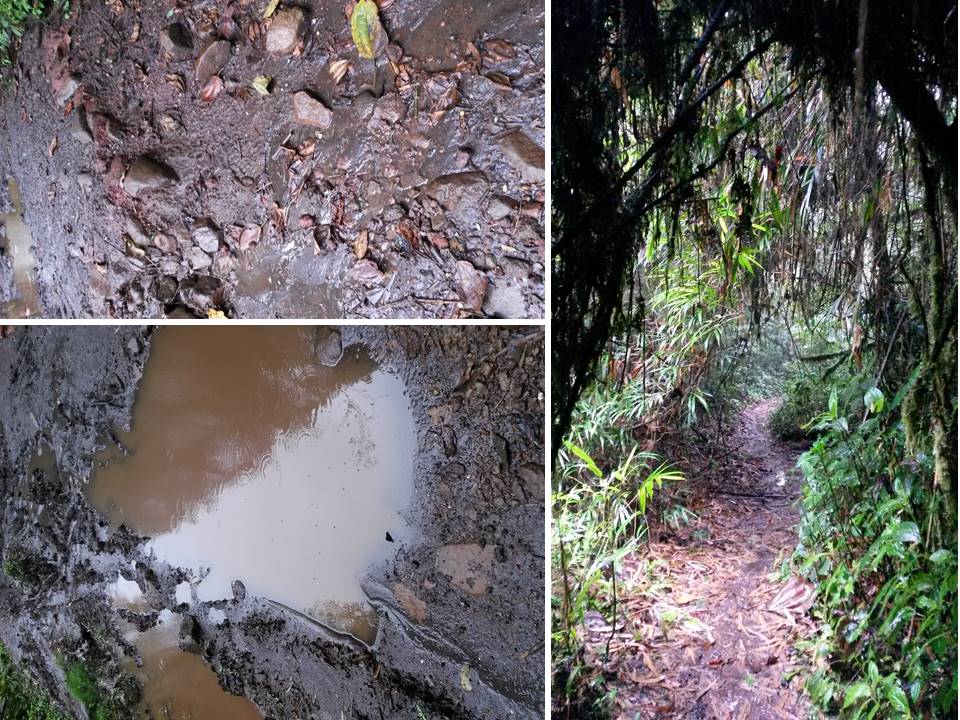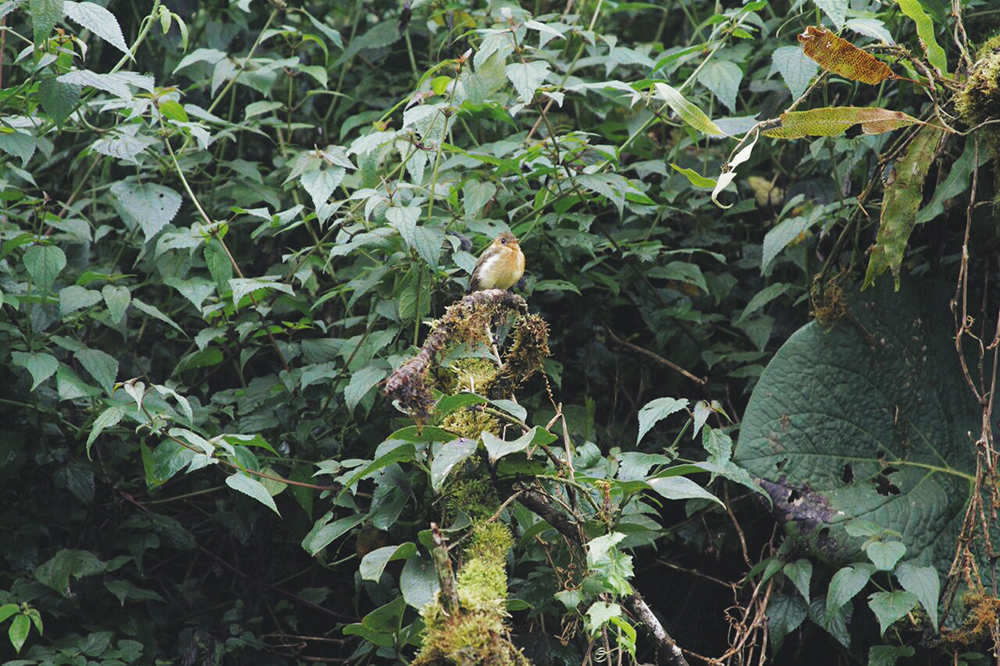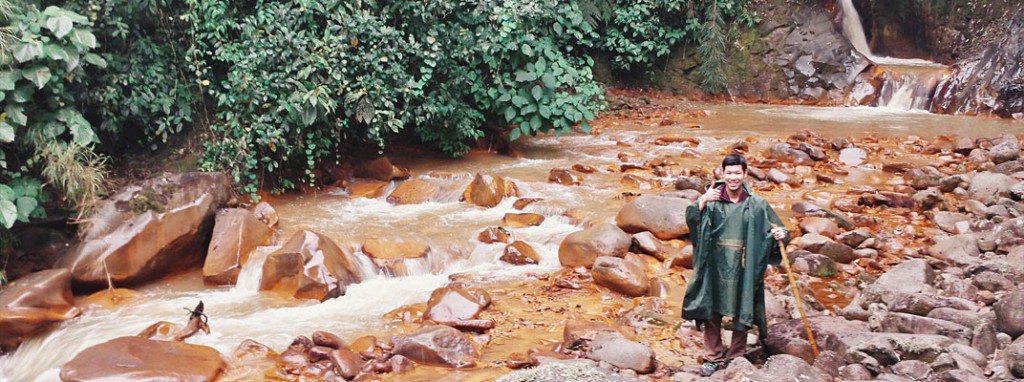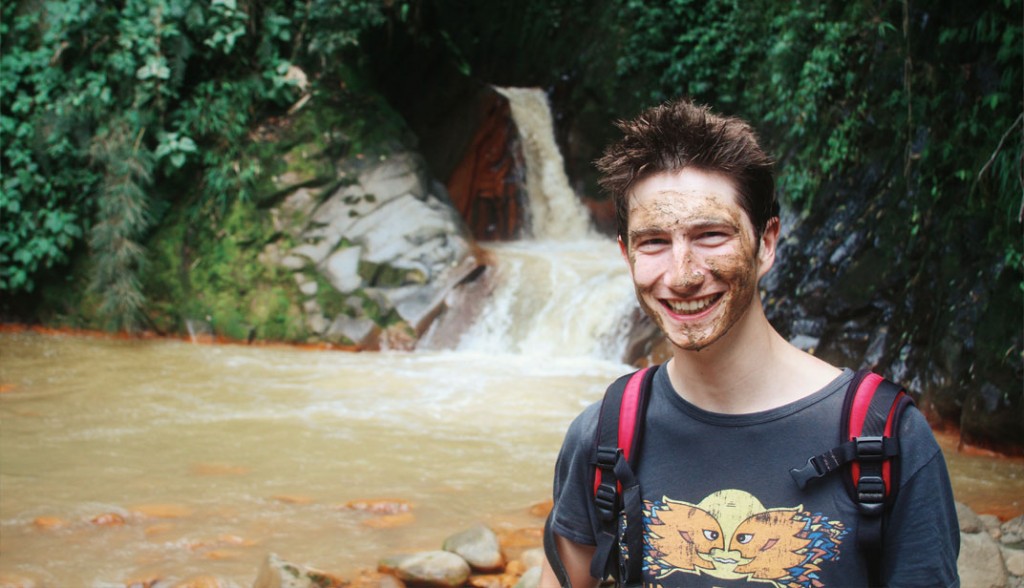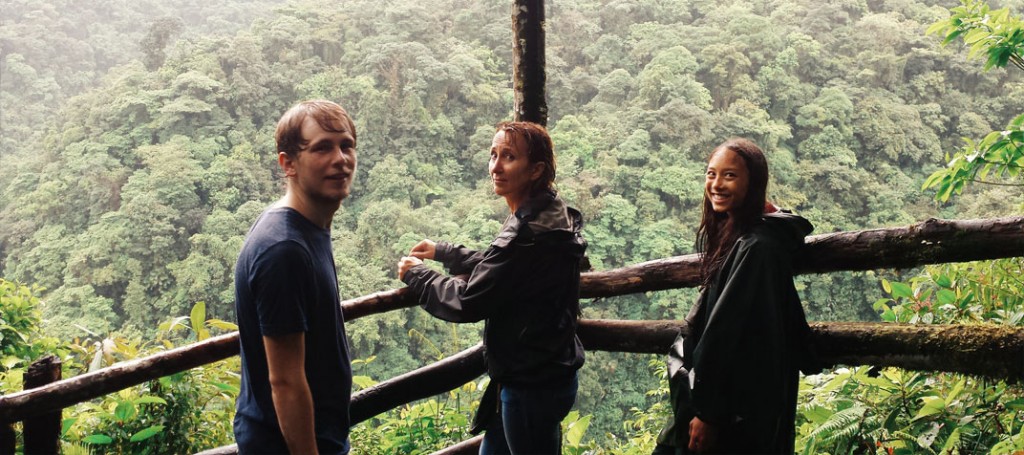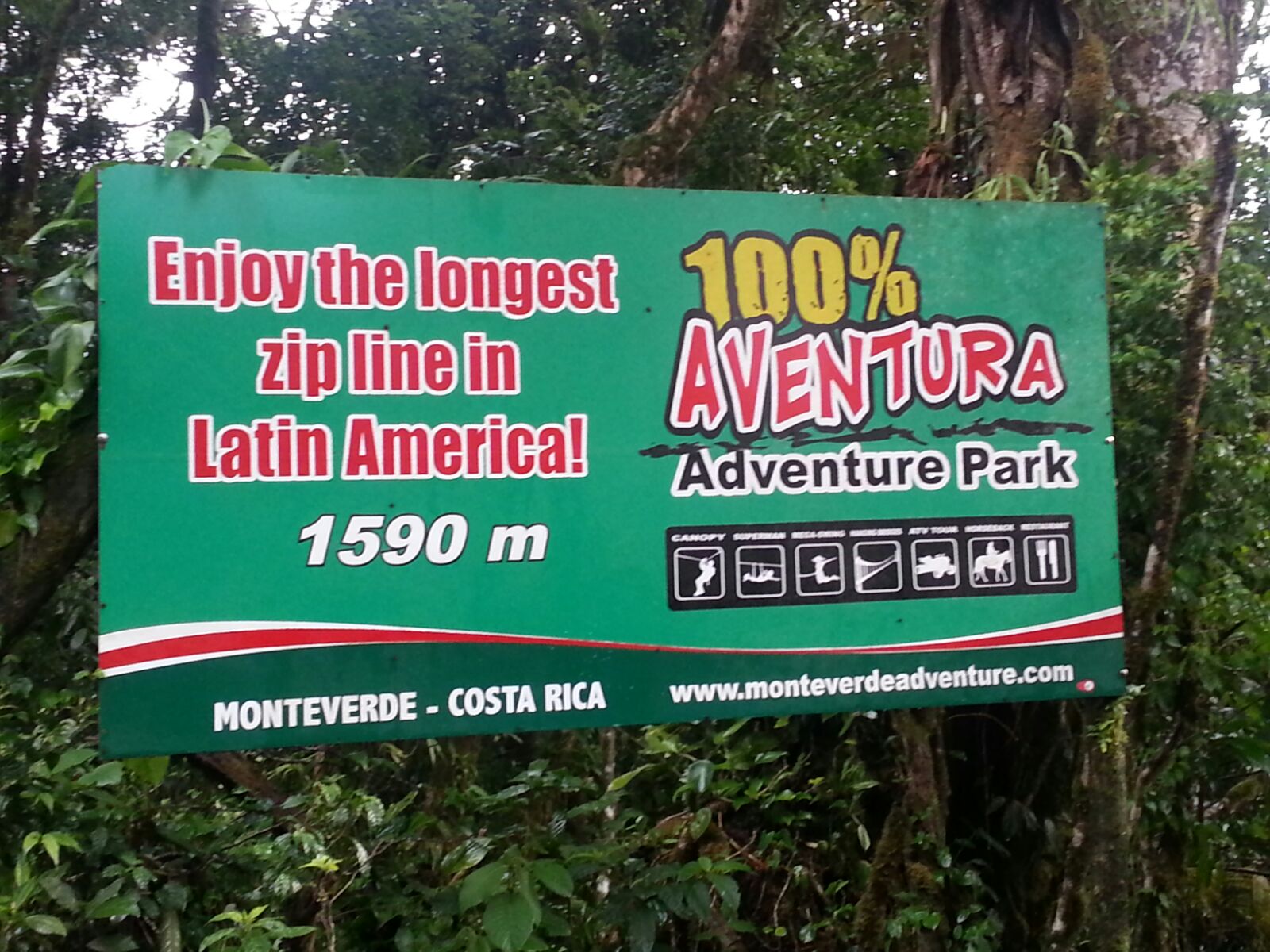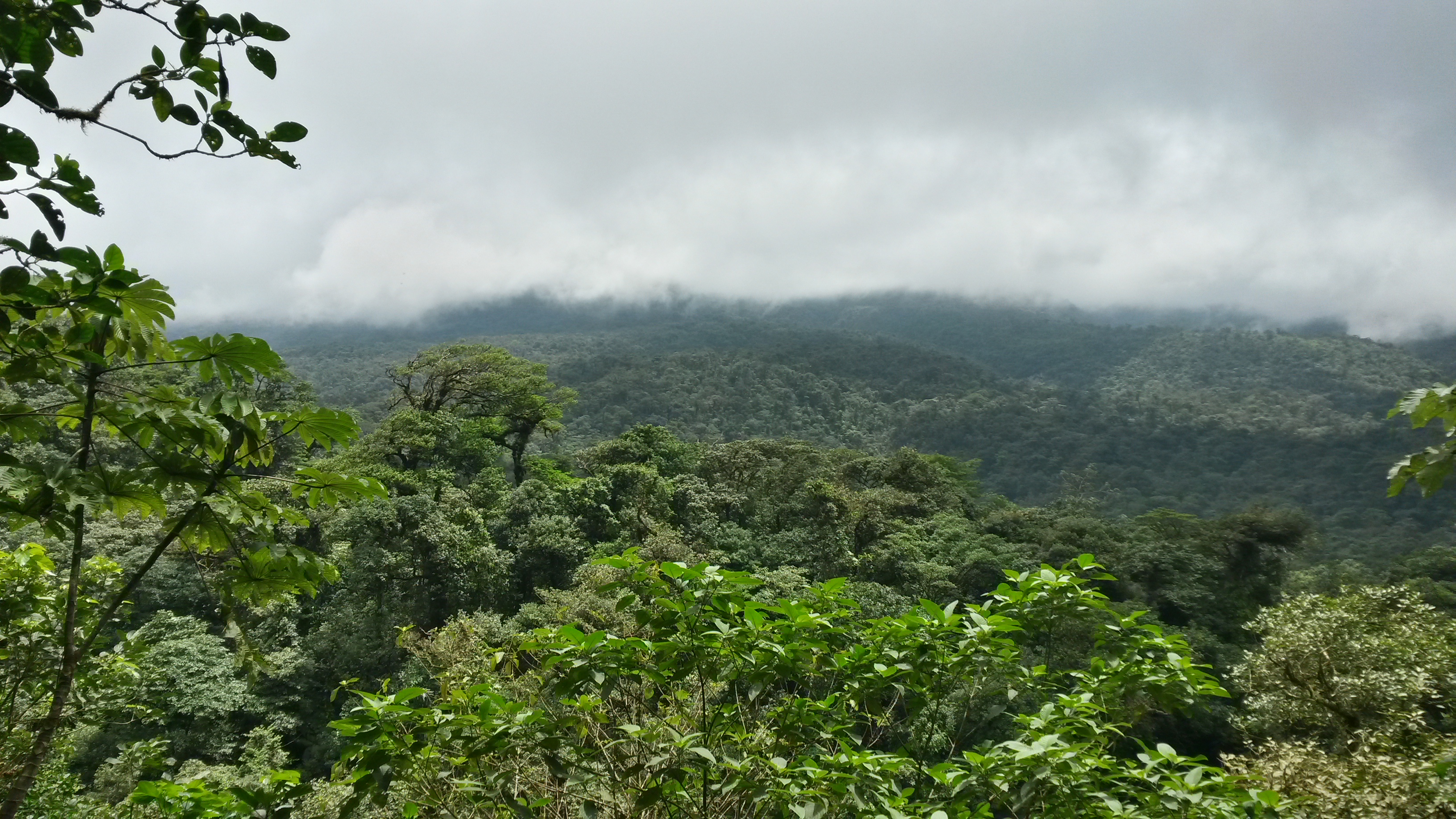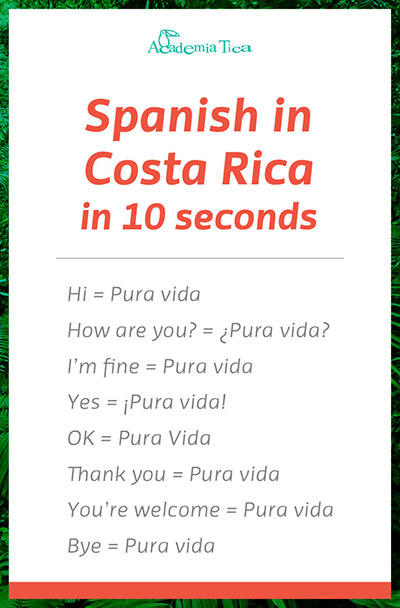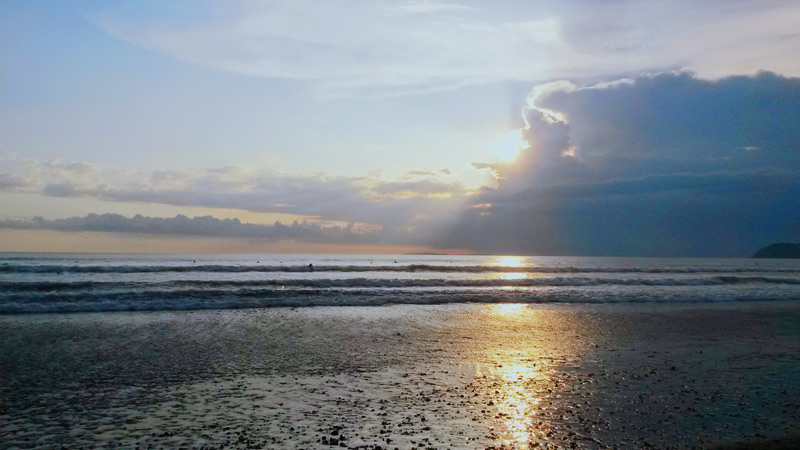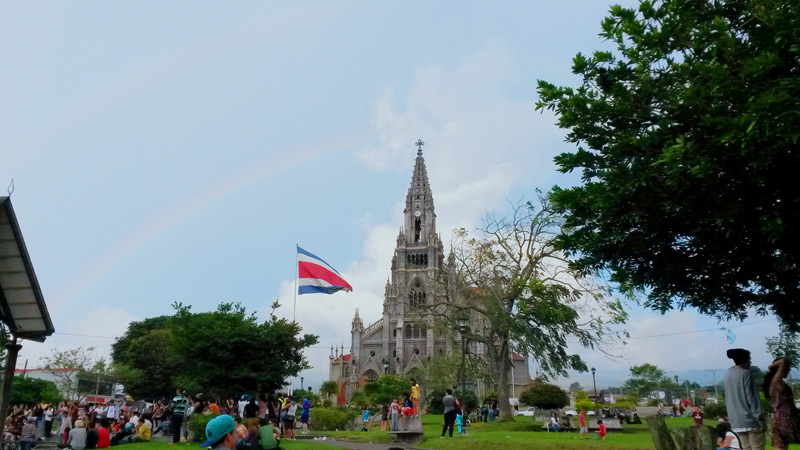This is what a typical weekend trip as an Academia Tica student looked like, from the helpful planning advices of the school to the realization of the trip.
Planning the trip
The 15th of September was the Independence Day of Costa Rica, a national holiday. It was a Tuesday and the school had decided to postpone it to Friday. This meant an extended weekend of three days!, or long weekend as ticos call it.
On my first day in Academia Tica I had received a list of interesting and fun promising tours and activities you can book with the school. Those excursions are convenient because the school does all the reservation stuff for you. But this time I decided to do a different trip.
In the cafeteria of the school is a calendar which shows the seasons and places where you can observe different kinds of animals like turtles, dolphins and whales. I had seen that the whale watching season goes until the beginning of October. So, if I wanted to see those beautiful animals (which I had never seen before in nature), I had to take the chance of this weekend.
Like always, with all my weekend-planning-questions, I went to Elsa to pester her with all my questions: “Where should I best go to see them?”, “How can I get there?”, “What else does this location offer?”. She told me about a marine National Park called Marino Ballena, which is located in Uvita in the pacific coast. This of course meant beautiful beaches, and yes, I could surf there too. She explained me which bus I had to take at which time and where it left (this varies with your travel destination, there is not only one big bus terminal, and finding these informations on the internet is not always easy. After I knew all this I searched for a hostel to stay in. I did this using booking.com; they have special offers every day.
On the Spot
A nice day with the Canadians
When I came to my hostel that Friday afternoon, I checked in, brought my stuff into the room and already booked the whale watching tour which would take place the next morning. After having done this most important booking (seeing the whales had been the main motive to come here) I went to the big, open communal room where I got to know students from Canada.
They were traveling around in Costa Rica together without having planned a route before. When they got bored of a place, they decided to leave it and discussed their next destination spontaneously. My whale watching tour would not be until the next day, and for this day, they neither had a plan. So we discussed a little bit and decided to go to the beach together. Like often, the hostel front desk was helpful with our questions were we could find a nice spot. A transportation was organized (because walking there would take quite a while) and together with some other guests the hostel’s driver took us to a spot where we didn’t have to pay an entrance fee. In addition, it was an unknown section so the beach was empty, and it was gorgeous! We enjoyed the big, warm waves, jumping into or ducking under them. I was happy to be able to spend such a nice day with great people.
In the evening we ate casados at a soda and afterwards played card games. The Canadians would leave the next day to continue to Panama so we said good bye and exchanged our Facebook contacts in case that our travel routes would maybe coincide some day and we could spend a few days together again.
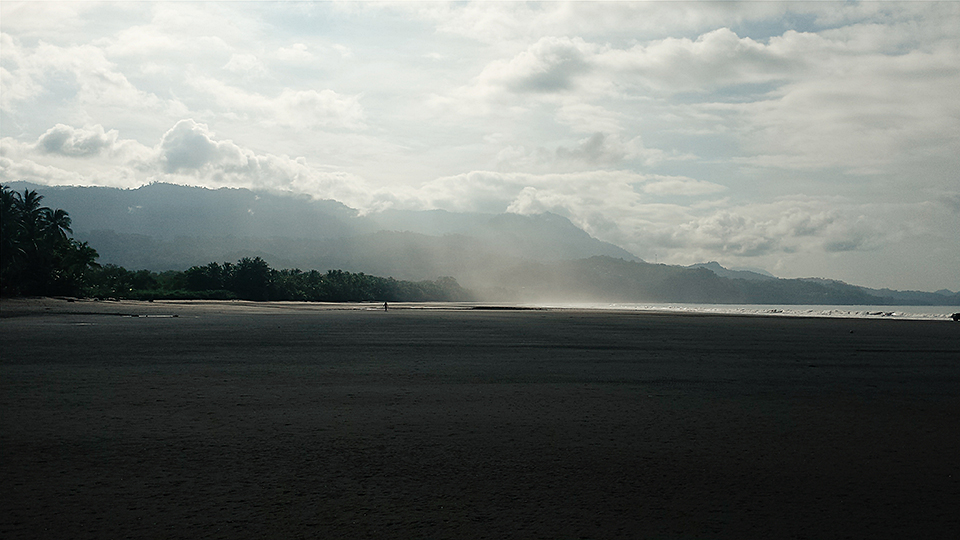
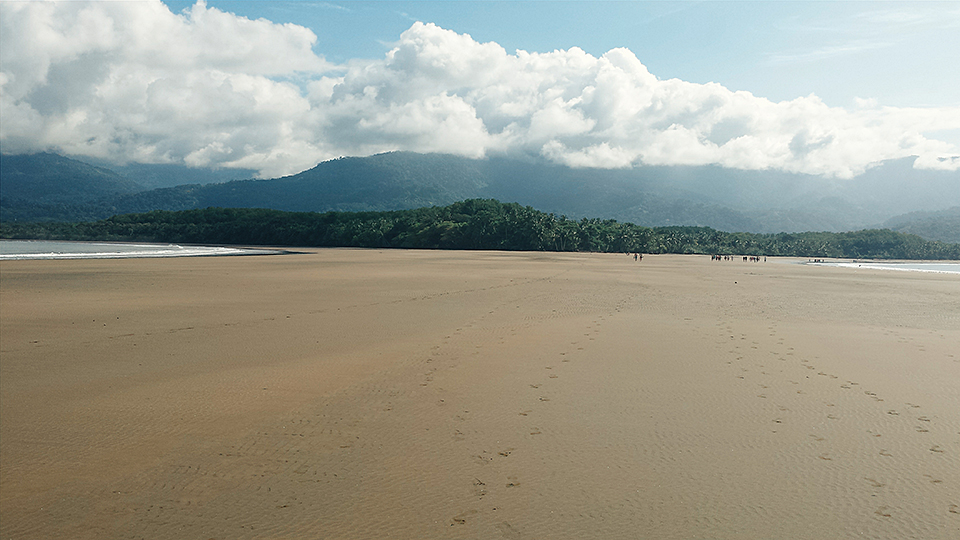
Whale watching
The next day, I started with the whale watching tour. A bus took me to the beach where a boat was waiting for the tour group. It was a nice, sunny day and I enjoyed the pleasant airflow. While driving out to the sea the guide explained us different things about why the whales would come to such a warm place, when you could see them, why only mother and baby whales were here and so on.
We were lucky and saw some whales, mostly the back when they came to the surface to breathe. For me it was the first time seeing whales in nature. My tour highlight was definitely the moment when I saw two baby whales jumping out of the water!

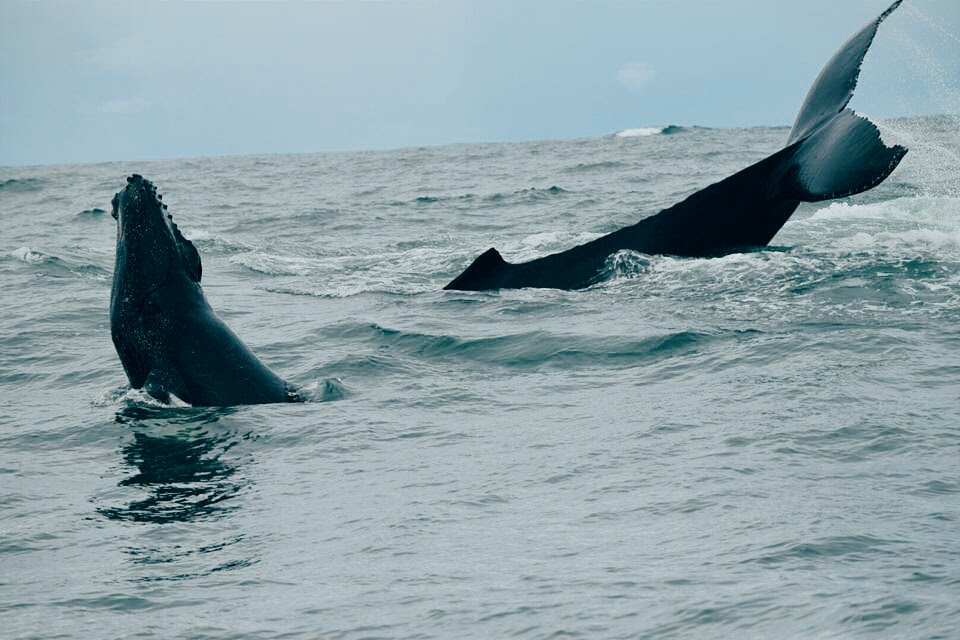
Swimming in a waterfall
Back at the hostel, I prepared my lunch: corn tortillas with refried beans paste, cheese and some vegetables. I had just left the kitchen edge and sat on a table next to it when a group of German speaking girls entered it to prepare their lunch: corn tortillas with refried beans paste, avocado and cheese! Apparently, this was a popular meal for tourists on a budget… We saw our almost identic meals, found it funny and started a conversation. They were roommates travelling around together. And they had heard about a nearby waterfall were you could swim in. That sounded nice to me, so I accompanied them after lunch.
The waterfall was located in a little forest. It came down an overgrown, green rock face. And it fall into a little, beautiful lagoon with clear, cool water. We were the only persons there and this place offered us a marvelous picture-book landscape. I’d never swam in a lagoon at the foot of a waterfall before. Another first time experience! Back at the hostel, we cooked together, exchanged our travel experiences and sang well known songs with another Canadian who had a ukulele.
For me this had been a really nice weekend, including great first time experiences and new encounters. Everything had gone more than well and I was wondering, how much one can experience in the short time of only one weekend? You see, with all the help of the school, the planning and getting all the necessary information it gets really easy. And travelling alone doesn’t mean spending your trips alone 😉
Read it in Spanish!
Así es un fin de semana típico, desde los consejos serviciales de la escuela hasta la realización del viaje.
Planeando el viaje
El 15 de Septiembre es el Día de Independencia en Costa Rica, un feriado nacional. Fue un martes y la escuela había decidido aplazarla al viernes. ¡Esto significaba un fin de semana prolongado de tres días!
El primer día en la escuela recibí una lista de actividades que parecían interesantes y divertidas y que puedes reservar a través de la escuela. Estas excursiones son bastante prácticas porque la escuela hace todas las reservaciones por ti.
Pero esta vez, decidí hacer otro viaje. En la cafetería de la escuela hay un calendario que indica las épocas y lugares donde puedes observar diferentes animales como tortugas, delfines y ballenas. Ahí había visto que la época de las ballenas continúa hasta el inicio de octubre. Por eso, si quería ver estos animales tan bonitos (nunca los había visto en la naturaleza), tenía que aprovechar la oportunidad de este fin de semana largo.
Como siempre, antes de planear mí fin de semana, fui a consultar todas mis preguntas con Elsa: ¿Dónde debería ir para ver ballenas?, ¿Cómo puedo llegar allí?, ¿Qué más hay para hacer en este lugar? Me contó del Parque Nacional Marino Ballena, que está en Uvita, y de sus bonitas playas. Y sí, también podría surfear allí. Me explicó qué bus tendría que tomar, a qué hora y de dónde (esto cambia con cada destino en tu viaje, no hay una sola terminal grande, y encontrar estas informaciones en Internet no es tan fácil). Después de que sabía todo esto, busqué un hostal para pasar las noches. Yo uso la página booking.com que tiene descuentos especiales cada día.
En el lugar
Un día bueno con los canadienses
Cuando llegué al hostal el viernes me registré, llevé mis cosas a la habitación y reservé la excursión para observar ballenas para la próxima mañana. Después de hacer esta reservación importante (observar las ballenas había sido la razón principal de ir allá) fui a la sala común donde conocí a unos estudiantes de Canadá. Ellos estaban viajando por Costa Rica sin haber planeado su ruta antes. Cuando un lugar les aburría, decidían dejarlo y discutían el próximo destino.
Mi excursión para observar ballenas no era hasta el próximo día y ellos tampoco tenían un plan para este día. Entonces discutimos un poco sobre qué hacer y decidimos ir a la playa juntos. Como muchas veces la recepción nos ayudó con nuestras preguntas de dónde podríamos encontrar un lugar bonito. Ellos organizaron un transporte (porque tardaría mucho tiempo ir caminando) y juntos, con otros huéspedes, el conductor nos llevó a un lugar donde no tuvimos que pagar la entrada. Además, era un sitio desconocido y vacío. ¡Y fue maravilloso! Disfrutamos las olas grandes, saltando o agachándonos. Estaba feliz de poder pasar un día bonito con gente amable.
En la noche comimos casados en un soda y después jugamos juegos de cartas. Los canadienses se iban por la mañana para continuar hacia Panamá, por eso nos despedimos e intercambiamos contactos de Facebook, en el caso de que nuestro viaje coincidiera otra vez y así podríamos pasar unos días juntos otra vez.
Observar ballenas
El próximo día comenzó con la excursión de ballenas. Un bus me llevó hasta la playa donde un pequeño barco estaba esperando al grupo para iniciar el tour. Era un día bonito y soleado, perfecto para disfrutar del viento. Mientras navegamos por el mar, el guía nos explicó diferentes cosas sobre por qué las ballenas llegan a un sitio tan caliente, donde podrías verlas y por qué solo las madres y las crías llegaban.
Tuvimos suerte y pudimos ver ballenas, sobre todo, su espalda cuando subían a la superficie para respirar. Fue la primera vez que vi ballenas en la naturaleza. ¡Mí “highlight” de la excursión definitivamente fue cuando vi dos crías saltando del mar!
Nadar en una catarata
Después de regresar al hostal, preparé mi almuerzo: tortillas de maíz con frijoles molidos, queso y verduras. Había dejado el área de la cocina y me había sentado en una mesa cerca cuando un grupo de chicas alemanas entraron para preparar su almuerzo: ¡Tortillas de maíz con frijoles molidos, aguacate y queso! Al parecer esta era una comida típica para turistas con poco presupuesto… Vimos nuestras comidas casi idénticas, pensamos que era divertido y empezamos a conversar. Ellas eran compañeras de piso y viajaban juntas. Ellas habían oído de una catarata cercana donde podías nadar, esto me pareció bueno y por eso las acompañé después del almuerzo.
La catarata estaba en un pequeño bosque. Bajé por una pared de roca verde y caí en una laguna pequeña con agua fría y clara. Éramos las únicas personas allí y este lugar nos ofrecía una vista maravillosa. Nunca había nadado en una laguna al el pie de una catarata antes. ¡Otra primera experiencia!
En el hostal cocinamos juntas, nos contamos las experiencias de viaje y cantamos canciones conocidas con un chico canadiense que tenía un ukulele.
Para mi esto fue un fin de semana bonito que incluyó primeras experiencias, estupendos encuentros. Todo había sido muy bueno y me sorprendió cuánto podías experimentar en un tiempo tan corto como un fin de semana. Ves, con toda la ayuda de la escuela para planear y encontrar toda la información necesaria, es de verdad fácil. Y viajar solo no significa pasar solo 😉


